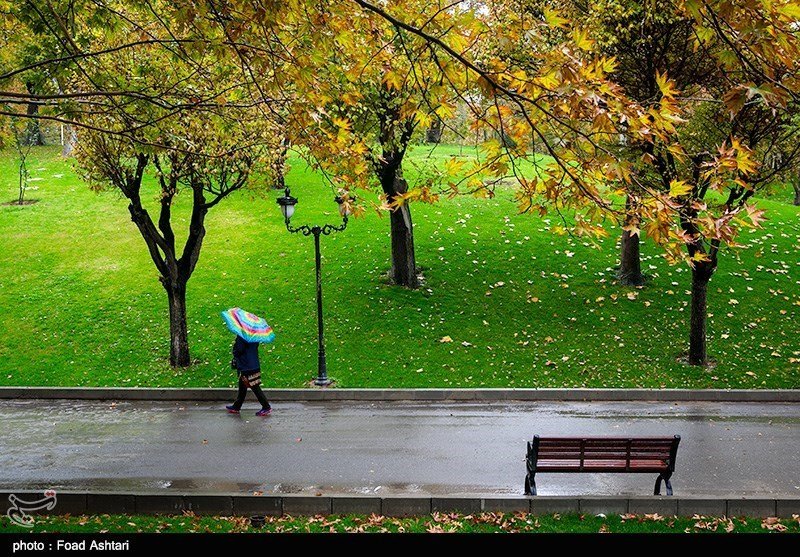Precipitation triples last year’s mean in Iran

TEHRAN — As per the data released on Friday by the National Drought Warning and Monitoring Center affiliated to the Meteorological Organization, precipitation amounts in the current water year (starting on September 23, 2018) have jumped three-folds compared to the same period a year earlier.
While last year’s precipitations stood at 50.2 millimeters during the 5-month period this year’s precipitations surged up to 159.5 millimeters, the data indicated.
Moreover, the figures show that compared to long-term averages the precipitation amounts increased by 33 millimeters in the current year.
Provinces of Ilam, Gilan, and Lorestan top the list with highest precipitation amounts in the aforesaid period with 608.9, 547.1 and 538.8 millimeters respectively.
The whole country experienced a 26.1 percent increase in the precipitation amounts compared to long-term averages. Province of Ilam with 118.1 percent rise is the region with the most drastic increase in the amount of precipitations in the same period. Provinces of Khuzestan, Lorestan, and Golestan each with 81.2, 79.1, and 75.6 percent growth in precipitation amounts follow the suit.
On the contrary provinces with the least precipitations amount are Sistan-Baluchestan with 33.3 millimeters of precipitation, Yazd with 38.8 millimeters of precipitation, and Kerman with 51.6 millimeters of precipitation.
Despite the increase compared to last year’s precipitations the provinces are still facing lower than average precipitations.
The three provinces of Sistan-Baluchestan, Kerman and Yazd also experienced the sharpest decrease in precipitation levels compared to long-term averages. Sistan-Baluchestan with 48.1 percent decrease, Kerman with 31.7 percent decrease and Yazd with 28.2 percent decrease are the provinces with most dramatic drop in the precipitation rates.
Precipitation amounts in the capital of Iran, Tehran, also measured at 182.9 millimeters this year which indicates a 41.4 percent hike compared to long-term averages. Additionally, the amount tripled last year’s precipitation amounts which stood at 57.6 millimeters.
Increased precipitations have mitigated air pollution as well as sand and dust storms in metropolises of Iran since the beginning of autumn but it seems unlikely to compensate for long-term water shortages in the country.
In early February, director of the national drought warning and monitoring center, Sadeq Ziaeian, explained that based on the dada collected over the past decade approximately 97 percent of the country is affected by long-term drought.
In a recent report released by Majlis [Iranian parliament] research center on January 1 it is predicted that by the [Iranian calendar] year 1400 (March 2021-March 2022) more than 50 million Iranians, nearly 80 percent of the country’s total population, will be affected by water shortages for drinking purposes.
The report stated that over the summer, due to decreased rainfalls and snowfalls in the past water year (September 2017-September 2018), some 36.8 million people constituting 46 percent of the country’s total population had problems accessing drinking water.
Such challenges, the report warns, would contribute to social unrest which may become a security issue.
In spite of the rise in precipitation amounts it is projected that dry spells are awaiting the country due to the adverse effects of the climate change in the near future.
MQ/MG
Leave a Comment